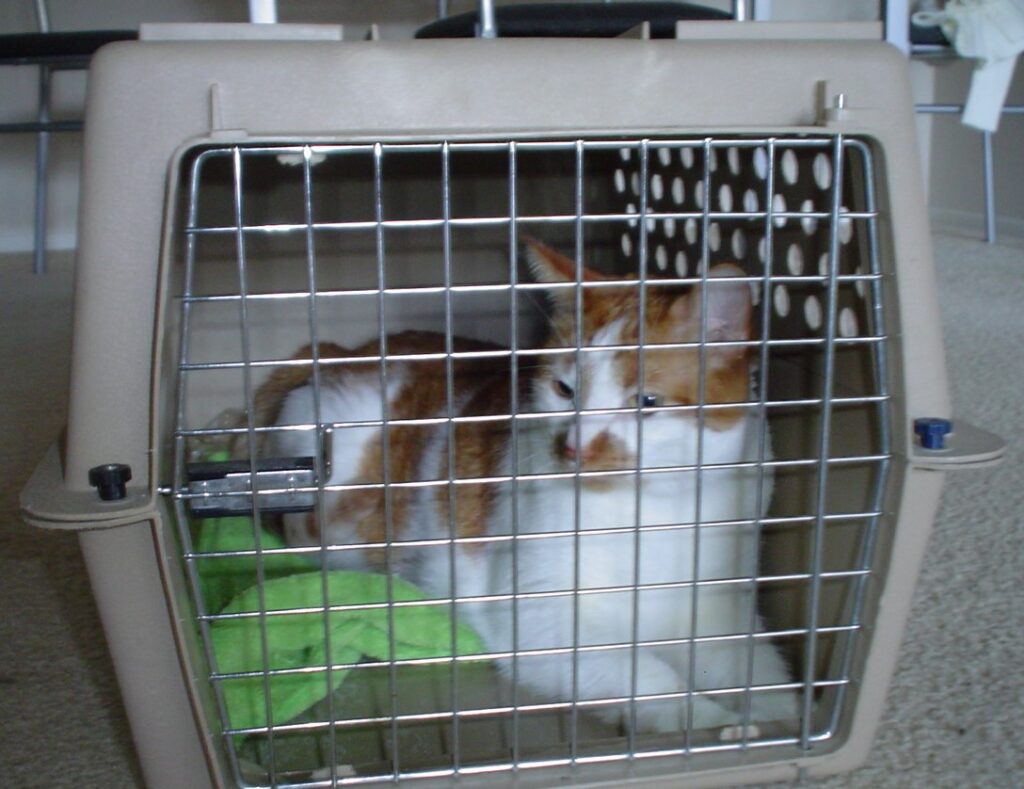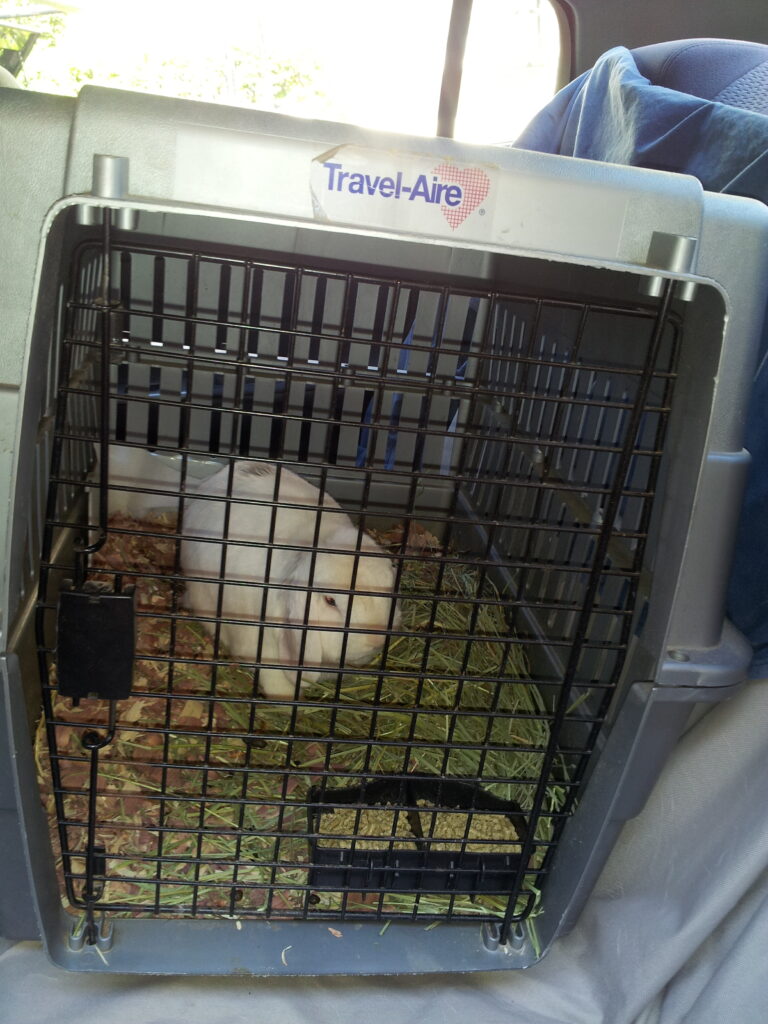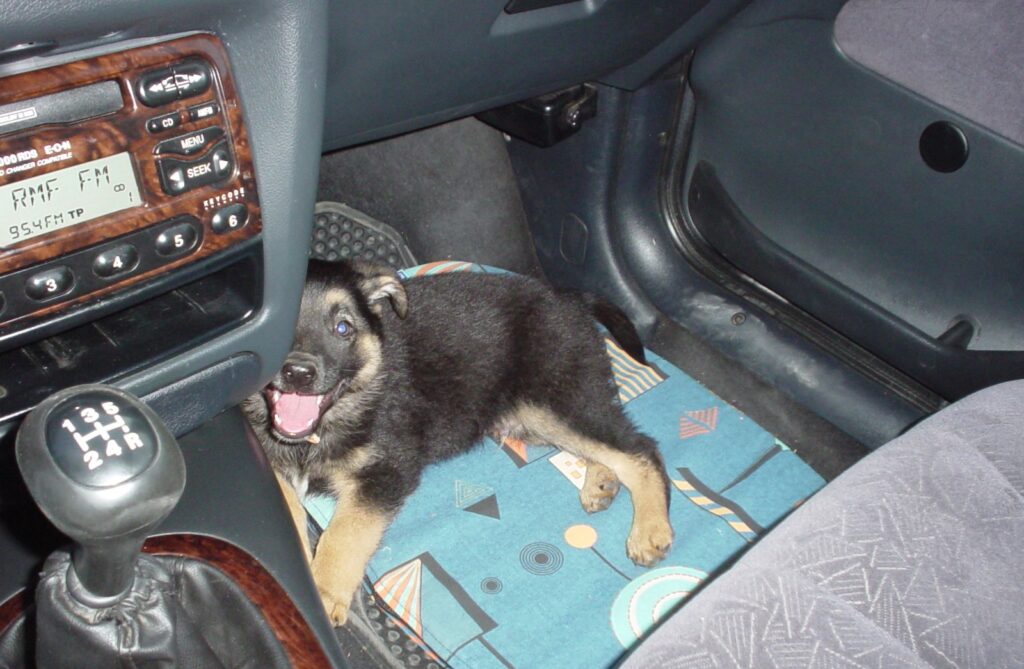
Furry and loyal, our pets are part of our families. So when we go on adventures near and far, we want to take our four-legged friends along for the journey. Many of us cannot imagine a weekend trip without a pet, often using various means of transportation. As with any other part of pet ownership, preparing for long car or train rides, air travel, or hotel stays requires a little extra research and work before your departure day. When traveling with your four-legged friends, you should always prepare yourself and your pet accordingly.
Here’s everything you need to know before traveling with pets, including your pre-trekking check-list and veterinarian-approved tips.

What to do before traveling with pets
No matter if you’re crossing the Atlantic or finally taking that cross-country drive, there are some necessary precautions to take for your pet’s health and safety. Some of these can take months to complete, so do your best to get started ASAP, so you’re not caught in a bind on your travel day.
Make sure your pet is properly vaccinated
Whether traveling by train, plane, or car or staying in a hotel, vaccinations are extremely important. There’s typically a core set of vaccines that are given in a series when your pet is young and then updated every three years. Your vet may recommend additional vaccines depending on your location, your lifestyle, and other factors. Every shot is different and has a varied timeline for immunity success, so let your vet know about your travel plans ASAP. Plus, if you’re going to a destination that could put your dog or cat at a higher risk of infection for a disease that’s not common in the United States, they may require another vaccination. More often than not, your vet will provide a ‘Health Certificate’ that will be checked when entering a new state and/or country. In some cases, this certificate must be vetted by a USDA-accredited veterinarian and may require a notary stamp for verification. This document is particularly important for international travel since your beloved pet may not be admitted to your destination country without it.

Consider microchipping your pet
It’s every pet parent’s worst nightmare: your dog or cat gets away in an unfamiliar place, and you can’t find them. For your peace of mind – and to meet the requirements of some countries and states – make sure your pet is microchipped before you travel. Your vet will do the simple, fast, in-office procedure, and the chip will be connected to your current contact information. A tag is included when you have a microchip that has the microchip number and a mobile contact of the owner, so if the pet is found, they can use the tag to determine ownership without having to contact a veterinarian.
Pack extra food
Try to keep your pet’s food consistent when traveling. Generally speaking, it’s best not to feed your pet the morning of your travel day to reduce nausea. Measuring out your pet’s food and bringing enough for each day, plus some extra, in case there are delays or changes in your travel plans is a great idea. And as every owner knows, there are never enough treats to reward good behavior or provide comfort, so be generous with them.
Check back, as in the next few months we will cover different means of transportation, starting with a car, so stay tuned.
